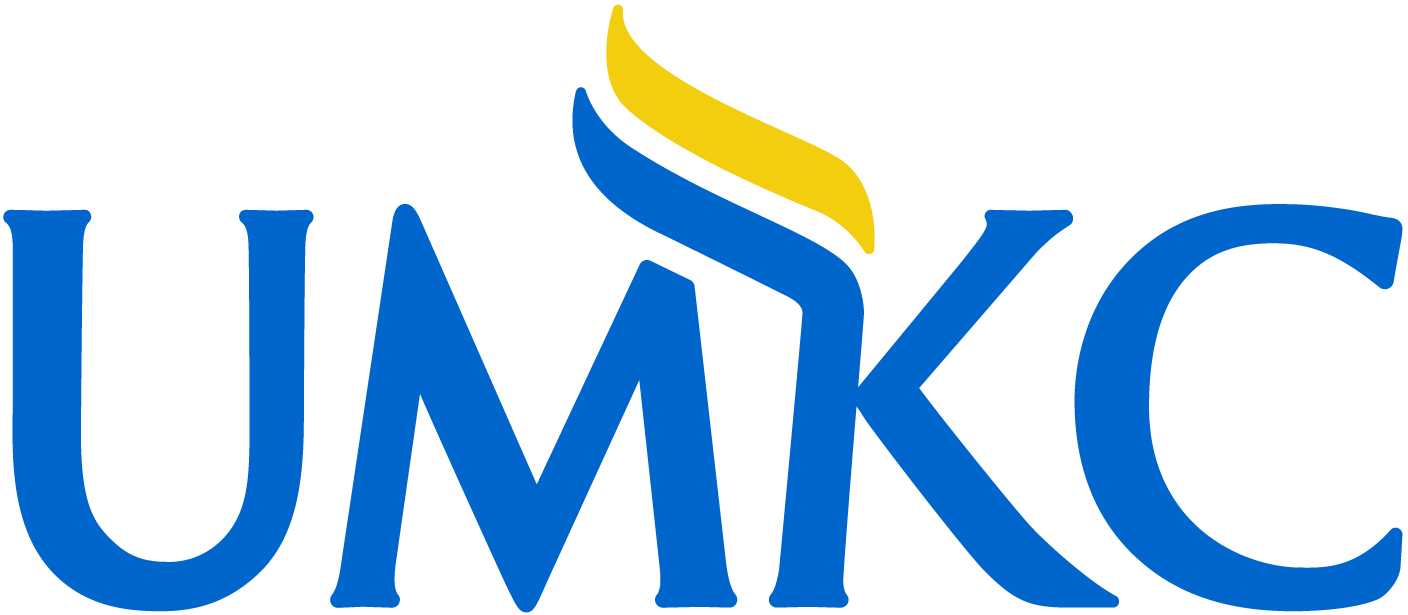BACKGROUND: Generalized pustular psoriasis (GPP; MIM 614204) is a rare multisystemic autoinflammatory disease, characterized by episodes of acute generalized erythema and scaling developed with the spread of numerous sterile pustules. Adult-onset immunodeficiency syndrome (AOID) with anti-interferon-γ autoantibodies is an immunodeficiency disorder associated with disruptive IFN-γ signaling.
METHODS: Clinical examination and whole exome sequencing (WES) were performed on 32 patients with pustular psoriasis phenotypes and 21 patients with AOID with pustular skin reaction. Histopathological and immunohistochemical studies were performed.
RESULTS: WES identified four Thai patients presenting with similar pustular phenotypes-two with a diagnosis of GPP and the other two with AOID-who were found to carry the same rare TGFBR2 frameshift mutation c.458del; p.Lys153SerfsTer35, which is predicted to result in a marked loss of functional TGFBR2 protein. The immunohistochemical studied showed overexpression of IL1B, IL6, IL17, IL23, IFNG, and KRT17, a hallmark of psoriatic skin lesions. Abnormal TGFB1 expression was observed in the pustular skin lesion of an AOID patient, suggesting disruption to TGFβ signaling is associated with the hyperproliferation of the psoriatic epidermis.
CONCLUSIONS: This study implicates disruptive TGFBR2-mediated signaling, via a shared truncating variant, c.458del; p.Lys153SerfsTer35, as a "predisposing risk factor" for GPP and AOID.
